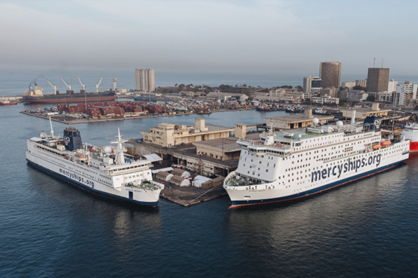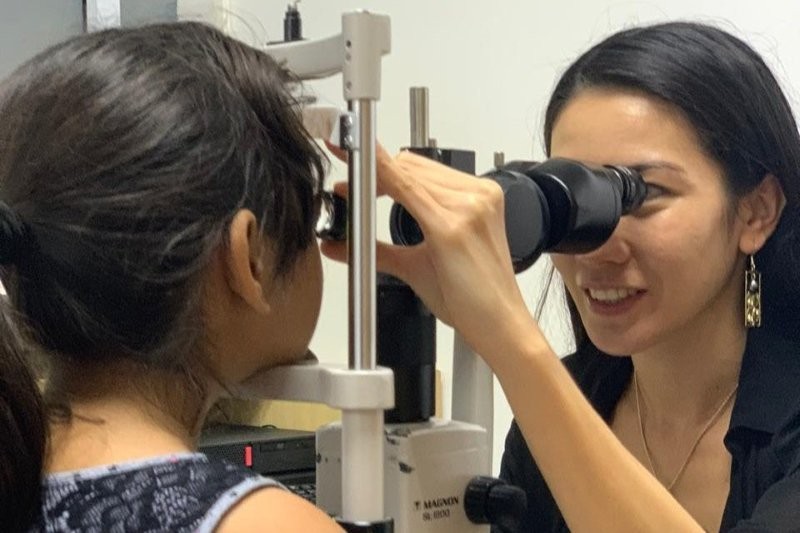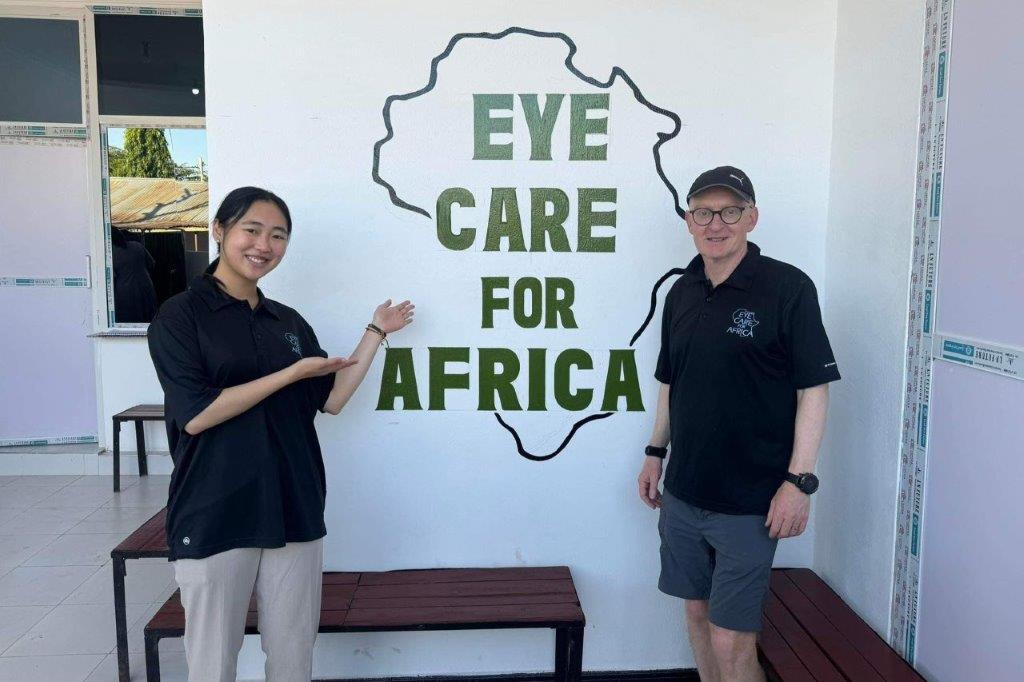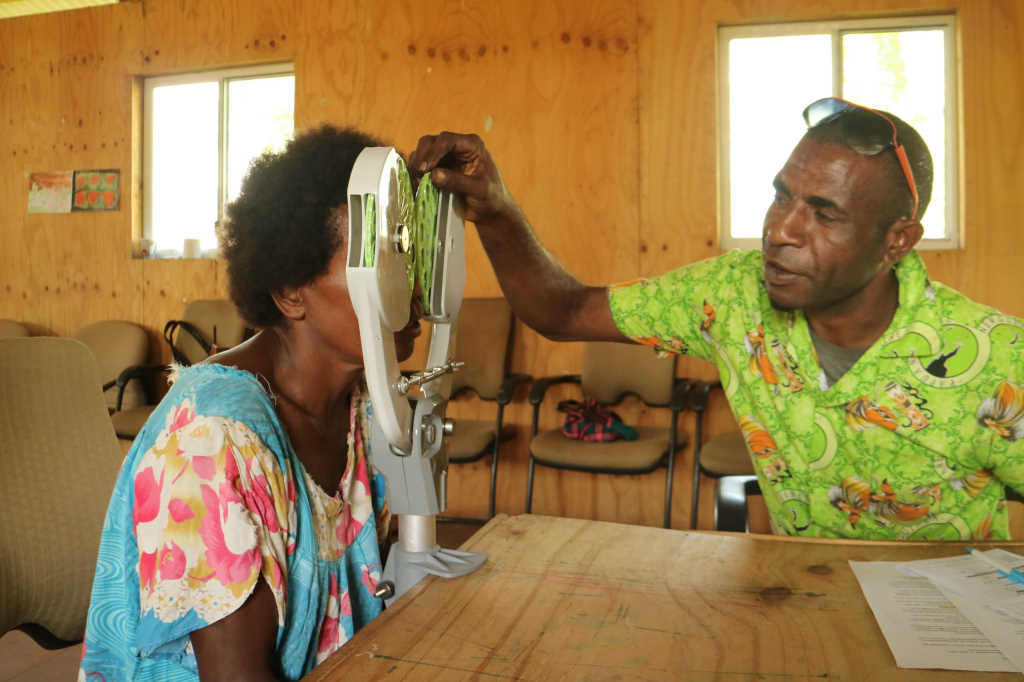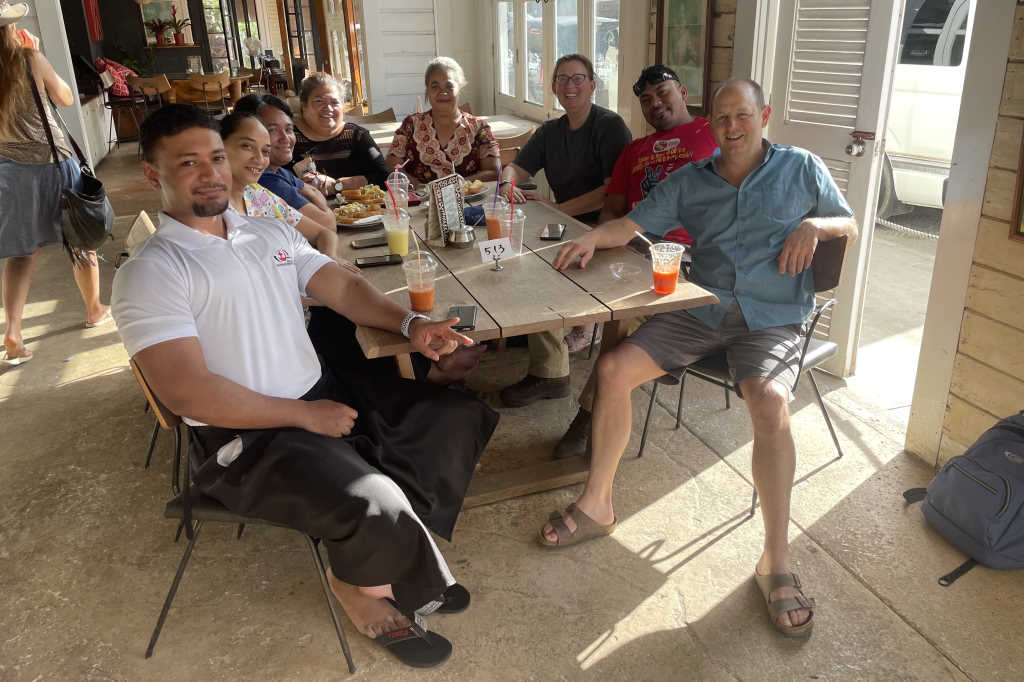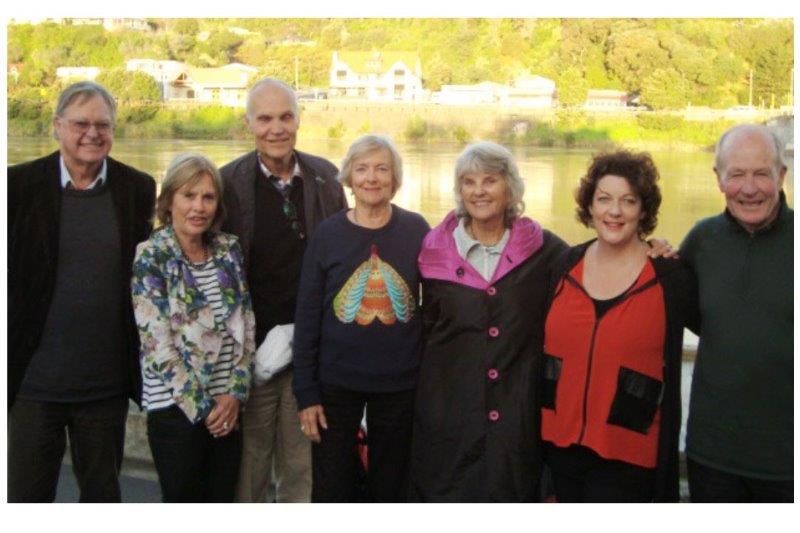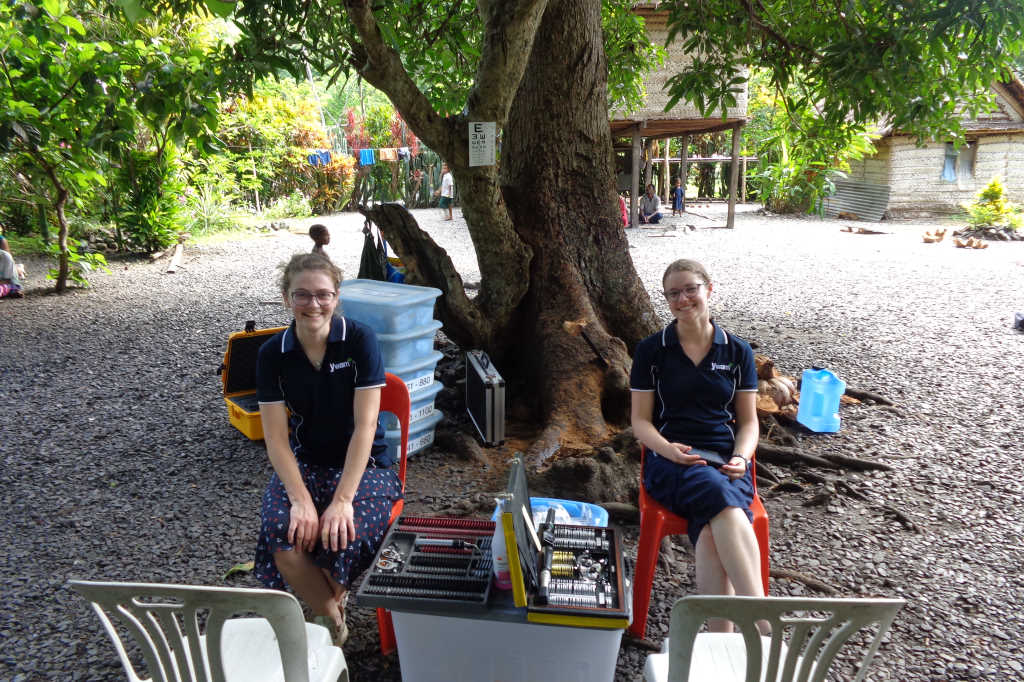Global Mercy sets sail for Africa
Have you ever considered what it takes to set up a brand-new hospital? What about restarting an ophthalmology programme in a post-Covid world? How about doing both on a ship? Ella Hawthorne boarded the Global Mercy, the world’s largest seafaring civilian hospital, to help do just that. Here she shares her experience in the first of two reports for NZ Optics.
I’d wanted to be involved in international aid from a young age, which led me into healthcare, specifically optometry. After years of hoping and planning, I was invited to join the Global Mercy team in January 2023, volunteering for six months as the ophthalmic team manager. I had an incredibly steep learning curve, getting orientated within the organisation while stepping into a role left unoccupied for three years during the pandemic.
Mercy Ships brings hope and healing to the world’s under-served poor, focusing on delivering safe, affordable and timely surgical care to sub-Saharan Africa. Since more than 40% of the world’s population lives within 100km of a coast, Mercy Ships offers an effective way to deliver free surgery. Specialties include paediatric orthopaedic, maxillofacial, burns and reconstructive plastics, women’s health and ophthalmic surgery. As well as providing onboard medical care, we strengthen the local healthcare systems through training and mentorship of local healthcare providers. This teaching offers a more sustained and broader impact than we could ever hope to provide through direct patient care alone.

Mercy Ships ophthalmic team manager Ella Hawthorne at work
According to the World Health Organization’s 2019 World Report on Vision, while there have been substantial increases in cataract surgery rates in low- and middle-income countries, the combination of population growth and an ageing population means the number of adults affected by cataracts is increasing. The Mercy Ships Ophthalmic Programme focuses mostly on dense, visually significant cataracts, ideally removing people from being classified as cataract blind (visual acuity of ≤6/60). There is a secondary focus on pterygium removal, with consideration of tropia, ptosis, evisceration and enucleation surgery, as required.
Overcoming obstacles
I arrived in Senegal, West Africa, ahead of the ship’s arrival, to work with the patient-selection team. Working alongside translators, we screened more than 1,100 patients over five days in health centres around the capital of Dakar. A bit of high-school French and a few basic greetings in Wolof (a Senegalese dialect) helped me quickly build rapport, resulting in huge smiles and laughter.
The challenges that come with working in the field, like exhausting work over very long days, were heightened by sub-standard lighting for vision testing and ocular health assessments. We saw some incredibly dense cataracts, with vision of only hand motion or light perception being more common than not. Unfortunately, not everyone is a good surgical candidate, which meant difficult compassionate conversations, saying no to people who were hoping for a miracle. Sadly, we cannot help everyone.
Though it was a hard first week, each person who stood in front of me was a reminder of our work’s potentially life-changing effects.
A new chapter of hope
I barely had time to gather my thoughts, however, before I found myself unexpectedly flying to Sierra Leone for advance work for the next field service in Freetown, beginning in September 2023. With a population of 8.4 million, Sierra Leone has just six ophthalmologists. It was a privilege to discuss how we could complement the country’s national ophthalmic programme with its leading ophthalmologists and Ministry of Health and Sanitation representatives. I hope we can encourage further development in the programme, which has taken substantial steps forward in recent years.

The author with a local translator and patient
I returned to Dakar in time to watch the Global Mercy dock for her inaugural surgical field service. It was a special moment, knowing how many lives will be transformed on this floating hospital. The anticipation and excitement on board grew as we spent a few weeks preparing for the arrival of the vessel’s first patients. I was then joined by the rest of the eye team: an optometrist, an ophthalmic technician, nurses and the wonderful Senegalese day crew who provided essential translation and helped run the clinical spaces. They received a crash course in all things eyes, including a lesson in low vision guiding, inspired by our blindfolded trips up and down the stairs at the School of Optometry and Vision Science at Auckland University. It was a joyous moment for us all when the day crew guided our first patient up the gangway to the clinic.
The onboard clinic
Each day in the Global Mercy eye clinic looks a little different, but on average we see more than 40 patients for pre-operative assessments and about 80% are scheduled for surgery. The main technique used is MSICS (manual small-incision cataract surgery), with phacoemulsification being reserved for special cases. Once surgeries begin, our clinic schedule will change to incorporate post-operative appointments to monitor our patients’ recovery and their vision.
Though basic, the clinic has everything we need to assess someone for surgery. Using a tumbling E chart makes it easy to cross language and literacy barriers, while eye assessments rely on our trusty slit lamp, ophthalmoscope, iCare tonometer and a bright penlight to confirm a healthy eye or presence of a cataract. We may also use a retinoscope or perform a B-scan to rule out other ocular issues. As final surgery preparation, keratometry and A-scans are performed to calculate intraocular lens power before the patient’s vital signs and general health are assessed and signed off.
My first three months’ work with Mercy Ships have been wonderful and challenging, but witnessing the life-changing moments when someone can see again makes all the hard work, late nights and planning completely worth it!
About Mercy Ships
Founded in 1978, Mercy Ships operates hospital ships delivering free surgeries and other healthcare services to those with little access to safe medical care. An international faith-based organisation Mercy Ships has focused entirely on partnering with African nations for the past three decades. It also provides training to national healthcare professionals and supports the construction of medical infrastructure to leave a lasting impact.
Each year, more than 3,000 volunteers from over 60 countries serve on board the world’s two largest non-governmental hospital ships, Africa Mercy and Global Mercy. Surgeons, dentists, nurses, health trainers, cooks and engineers dedicate their time and skills to accelerate access to care.
To learn more about volunteering with Mercy Ships visit www.mercyships.org.nz. Watch a clip of the first eye patients being treated aboard the Global Mercy here.

Ella Hawthorne is an optometrist at Judd Opticians in New Plymouth and the current ophthalmic team manager with Mercy Ships.









